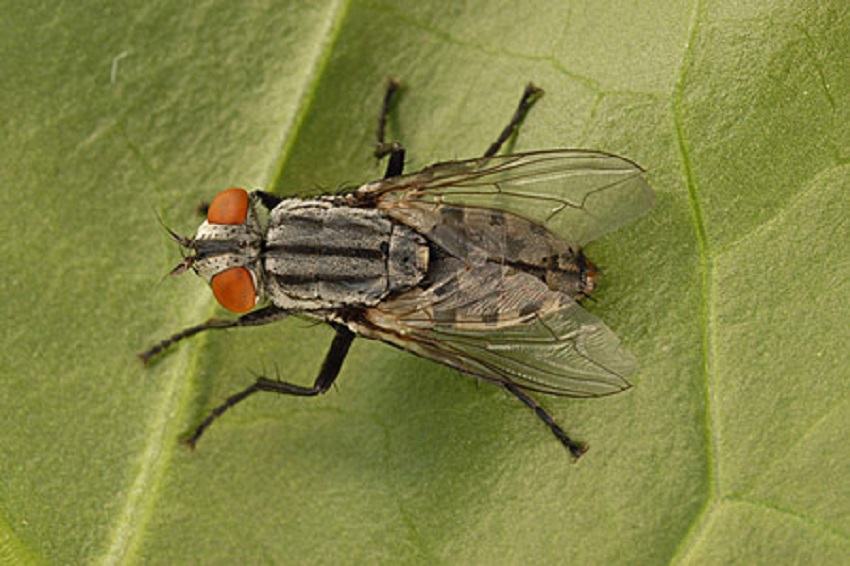The horsefly is a particularly annoying and persistent insect, very active in the spring and summer seasons. The horsefly is a particularly annoying insect, very active in the spring and summer seasons. It is called “Horse Fly” for its habit of hitting horses and farmyard animals in general.

As happens in mosquitoes, female horseflies are bloodsuckers and feed on the blood of animals and humans to get the right amount of nutrients that will bring the eggs to maturity.
To obtain it, the females attack the herbivorous mammals, but there is no problem in attacking the man, especially in rural environments; in general, horseflies are associated with wetlands and are often found near rivers, marshes, ponds and lagoons.
The horsefly needs a lot of blood to complete a meal and for this reason it feeds several times until it is full, attacking the body with great insistence with multiple attacks always in the same area. The attack of the horsefly is commonly called sting, but it is a real rather painful bite.
In case of puncture it is advisable to use ice to reduce swelling and in severe cases of cortisone-based ointments.
Horsefly bites can transmit bacteria and parasites, which in turn, can give rise to very serious infectious diseases. Fortunately, the transmission of pathogens through stings is very rare in our country.
Unlike the mosquito that is attracted by carbon dioxide emissions, the horsefly is attracted by body heat for the reason also the common insect repellents are not very effective.
How to eliminate horsefly?
The fight against bloodsucking insects is very difficult, as their dispersion is particularly wide and in open spaces, it is certainly impossible to adopt mechanical barriers. Compartment is also to act preventively with repellent products, as the horsefly is attracted by heat.
A useful tool in the home can be the mosquito net, in combination with the air conditioner.
On the other hand, when you are away from home …
- Wear long-sleeved shirts and long pants
- Choose light colors
- Do not use perfumes
- Try to avoid places where there is a lot of greenery if possible
- Try to keep the body always fresh (or at least not to heat it further with coffee and alcohol) with ad hoc food and drink
In the event of a horsefly sting, it may be necessary, in severe cases, to resort to medicines such as antihistamines, antibiotics and corticosteroids
The only tool that seems to have proven effective is the horsefly trap, as these insects have thermal eyes. In case of stings, you can resort to ice and aloe vera gel.
The best method to eliminate the problem is the horse trap, a capture system that is placed outdoors, formed by a ball and a funnel container placed above it.
Once heated with the sun’s rays, the ball attracts the horsefly, which perceives it as prey and tries to attack it. Failing to bite it, it moves upwards and goes to imprison itself in the container placed above it, from which it can no longer get out.
Act early. The favorite places for horsefly larvae are muddy soils, puddles and overgrown (humid environments). So avoid stagnation in the saucers, as you do for mosquitoes. In winter, adults love to hide in basements, warehouses and other well-sheltered areas.

